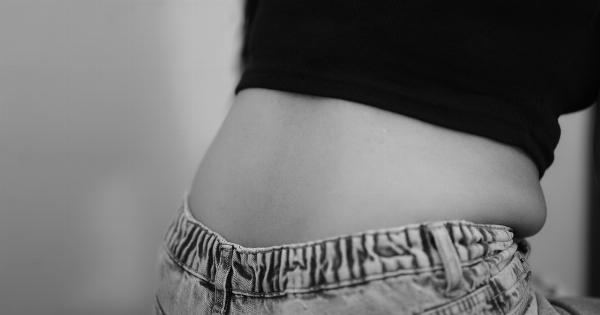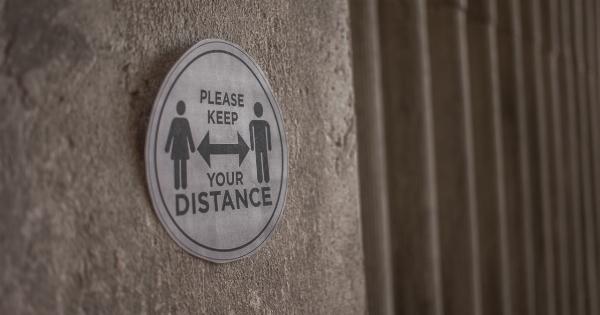Kidney colic is a common medical condition that occurs when the urinary tract becomes obstructed by a stone or any other foreign object.
The pain associated with kidney colic is sudden and intense, and patients usually experience it on one side of the back or the lower abdomen. In this article, we will discuss the signs and symptoms of kidney colic crisis.
1. Sudden and severe pain in the back or lower abdomen
Kidney colic crises are usually characterized by sudden and severe pain in the back or lower abdomen. The pain is often described as throbbing, stabbing, or sharp, and it can radiate to the groin area or the genitals.
The pain may come and go, but it usually lasts for several hours.
2. Nausea and vomiting
Kidney colic can cause nausea and vomiting, which can worsen the patient’s condition. The nausea may be a result of the pain or due to the body’s reaction to the obstruction in the urinary tract.
Vomiting can also be caused by dehydration, which often occurs when a patient has kidney colic.
3. Hematuria
Hematuria, or blood in the urine, is another common symptom of kidney colic crisis. The blood in the urine may appear pink, red, or brown, and it may be accompanied by clots. The urine may also have a foul smell and may appear cloudier than usual.
4. Fever and chills
When a patient has kidney colic, they may experience fever and chills. The fever is usually accompanied by a rapid heartbeat, and the chills may be a result of the body’s attempt to regulate its temperature.
The fever may also be a sign of an infection, which can occur when the urinary tract is obstructed.
5. Difficulty urinating
Difficulty urinating is a common symptom of kidney colic crisis. The patient may feel an intense urge to urinate, but they may produce only a small amount of urine. The urine may also be cloudy or have a foul smell.
The patient may also feel pain or burning sensations while urinating.
6. Painful urination
Painful urination is another symptom of kidney colic crisis. The pain may be a result of the obstruction in the urinary tract or due to the inflammation and infection that can occur when the urinary tract is obstructed.
The pain may be a sign of a urinary tract infection, which can occur when the urinary tract is obstructed by a stone or any other foreign object.
7. Abdominal distention
Abdominal distention, or bloating, is a common symptom of kidney colic crisis. The patient may experience abdominal pain and feel a sense of fullness in the abdomen.
The bloating may be a result of a build-up of gas in the intestines, which can occur when the urinary tract is obstructed.
8. Flank tenderness
Flank tenderness is a symptom of kidney colic crisis. The patient may experience pain in the area between the ribs and hips on the side of the back where the affected kidney is located. The pain may be worse when the patient moves or touches the area.
9. Sweating
Kidney colic crisis can cause sweating, which can worsen the patient’s condition. The sweating may be a result of the body’s attempt to regulate its temperature, or it may be a sign of an infection.
The sweating can also be caused by pain and discomfort that the patient experiences during the kidney colic.
10. Anxiety
Anxiety is a common symptom of kidney colic crisis. The patient may feel anxious and restless because of the pain and discomfort they are experiencing.
The anxiety may also be a result of the uncertainty and fear of not knowing what is happening to their body.




























